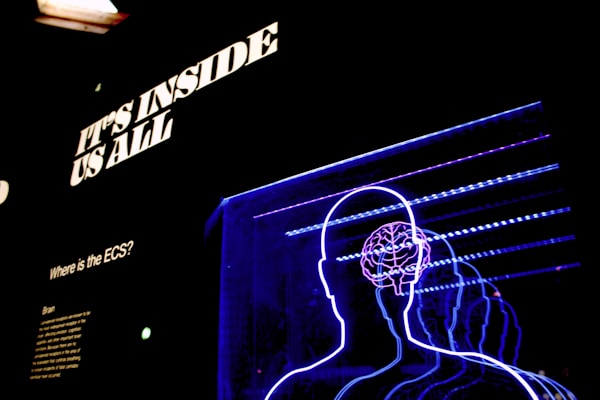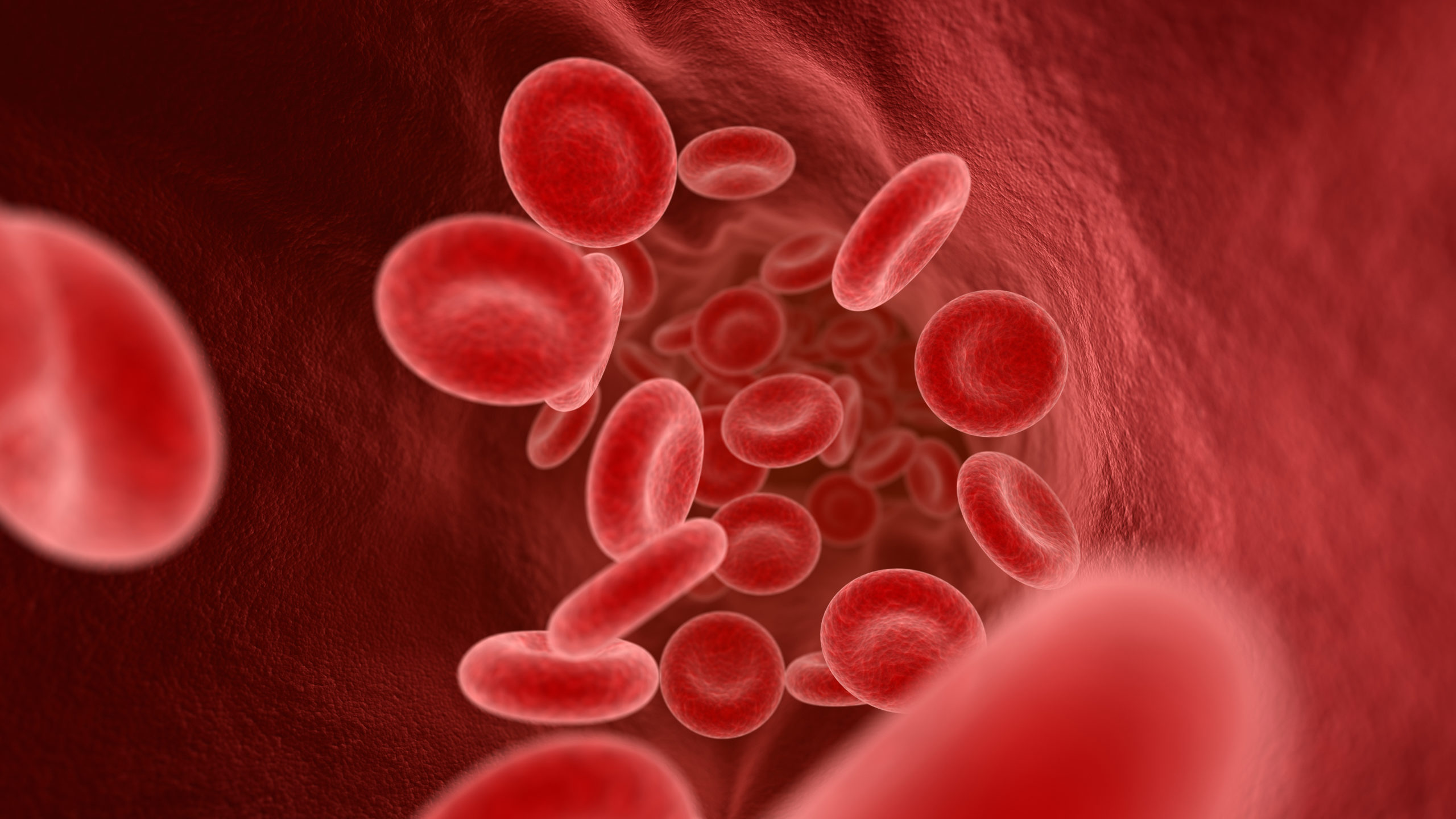What is nicotinamide adenine dinucleotide? Nicotinamide adenine dinucleotide (NAD) is an essential molecule that serves an important role in many physiological processes. Found in all living organisms, NAD is necessary for the conversion of food into energy and has been linked to the aging process. Keep reading to learn more about the many functions of NAD and how it contributes to human health. And, if you are showing signs of NAD deficiency, treatments are available, such as NAD IV therapy.
NAD is involved in the synthesis of DNA and RNA.
NAD is a cofactor that is involved in the synthesis of DNA and RNA. It is important for the transfer of electrons between molecules, and it helps to stabilize the structures of these molecules. NAD is also necessary for the conversion of food into energy.
NAD is necessary for the activation of enzymes that catalyze the breakdown of carbohydrates, lipids, and proteins for energy.

NAD is necessary for the activation of enzymes that catalyze the breakdown of carbohydrates, lipids, and proteins for energy. Enzymes that require NAD for activation are called dehydrogenases. There are many different types of dehydrogenases, each with its own specific role in the breakdown of different types of molecules. The most important dehydrogenases are those that catalyze the breakdown of carbohydrates, lipids, and proteins. These enzymes are necessary for the generation of energy in the body. Carbohydrates are broken down into glucose, which is then used for energy. Lipids are broken down into fatty acids and glycerol, which are also used for energy. Proteins are broken down into amino acids, which are used to build new proteins or provide energy.
NAD is necessary for the maintenance of cell integrity.
NAD is necessary for the maintenance of cell integrity for a variety of reasons. NAD is necessary for the maintenance of energy levels in cells, as it is involved in the production of ATP. NAD is also necessary for the repair of DNA, and the prevention of DNA damage. Additionally, NAD is necessary for the regulation of gene expression. All of these functions are essential for the maintenance of cell integrity.
NAD is involved in the transfer of electrons during redox reactions.

Nicotinamide adenine dinucleotide (NAD) is a coenzyme found in all living cells. The compound is a dinucleotide, composed of two nucleotides joined through their phosphate groups. One nucleotide contains an adenine base and the other a nicotinamide base. NAD is produced from two nucleotides, adenosine triphosphate (ATP) and nicotinamide adenine dinucleotide phosphate (NADP).
NAD has several important roles in the cell, including transferring electrons during redox reactions. The transfer of electrons during redox reactions is a fundamental process in biochemistry. NAD is a coenzyme that is involved in the transfer of electrons from one molecule to another. It is a key player in the electron transport chain, which is responsible for the generation of ATP, the energy currency of the cell.
NAD regulates the activity of certain genes.
NAD regulates the activity of certain genes by activating or deactivating certain proteins. These proteins then bind to the gene’s promoter region and either activate or repress gene transcription. NAD also interacts with other molecules, such as histones, to regulate gene transcription.
Overall, NAD plays a vital role in a variety of biological functions. It is involved in energy metabolism, regulation of gene expression, and cell signaling. NAD+ is also necessary for the repair of DNA damage. Its involvement in metabolic pathways and its ability to act as a coenzyme in many biochemical processes make NAD+ an essential molecule in all life forms, which is why the development of NAD+ IV therapy is opening new possibilities for treatment in the medical world.




